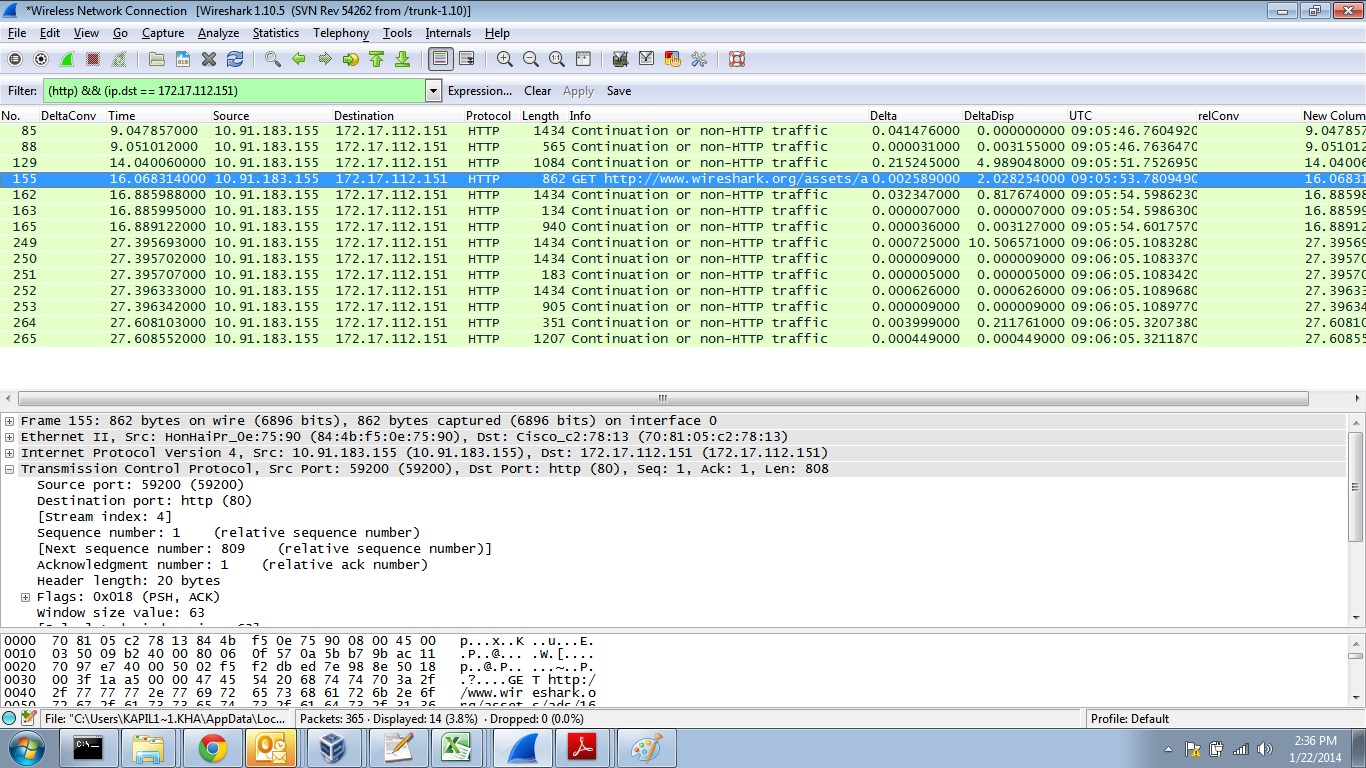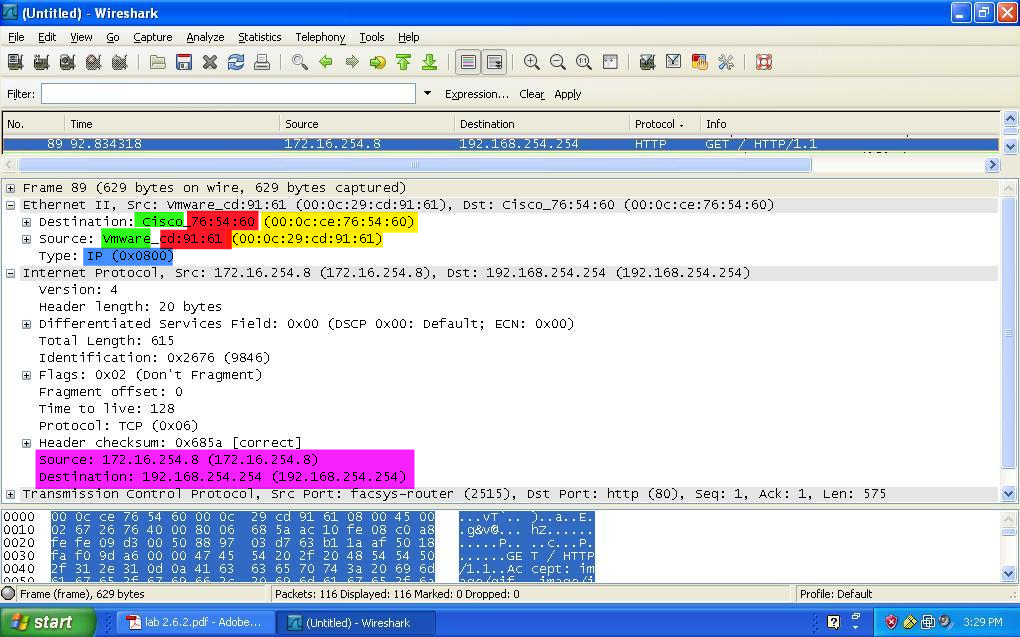
This will involve mainly a theoretical overview.

In this blog post, we will first explore the key differences between the HTTP/1.x, HTTP/2 and HTTP/3 specifications. It also made sense to spin up local web servers and web applications to see these specifications in action. This involved looking at the HTTP/2 and HTTP/3 specifications respectively and seeing how they were presented differently in the existing pentest toolset (i.e.

Naturally, before I could quantify the new opportunities, I had to first understand the critical differences between the specifications and the underlying technology they use. Hence, my interest was piqued into understanding what the differences are between the old and new specifications, and whether they hold any new assessment opportunities or security vulnerabilities – put simply, are there new risks we need to explore? When I started deep-diving into the HTTP/2 and HTTP/3 specifications, I realised just how many websites and platforms have transitioned to (at least) HTTP/2. We are familiar and comfortable seeing HTTP GET/POST requests and the myriad of responses that can be received (e.g., 400, 503…) In particular, as that is the main specifications of the protocol we (security pentesters) observe in Burp (our intercepting proxy) when assessing web applications. Now, to be honest, my knowledge of the Hypertext Transfer Protocol (HTTP) has mainly been restricted to the HTTP/1.0 and HTTP/1.1 specifications.

For those that are not aware, HTTP/3 is the upcoming third major version of the Hypertext Transfer Protocol used to exchange information on the World Wide Web, succeeding HTTP/2. It’s during this exploration that I came across HTTP/3. A few months ago I was exploring the write-ups and video solutions for the retired HackTheBox machine – Quick.


 0 kommentar(er)
0 kommentar(er)
